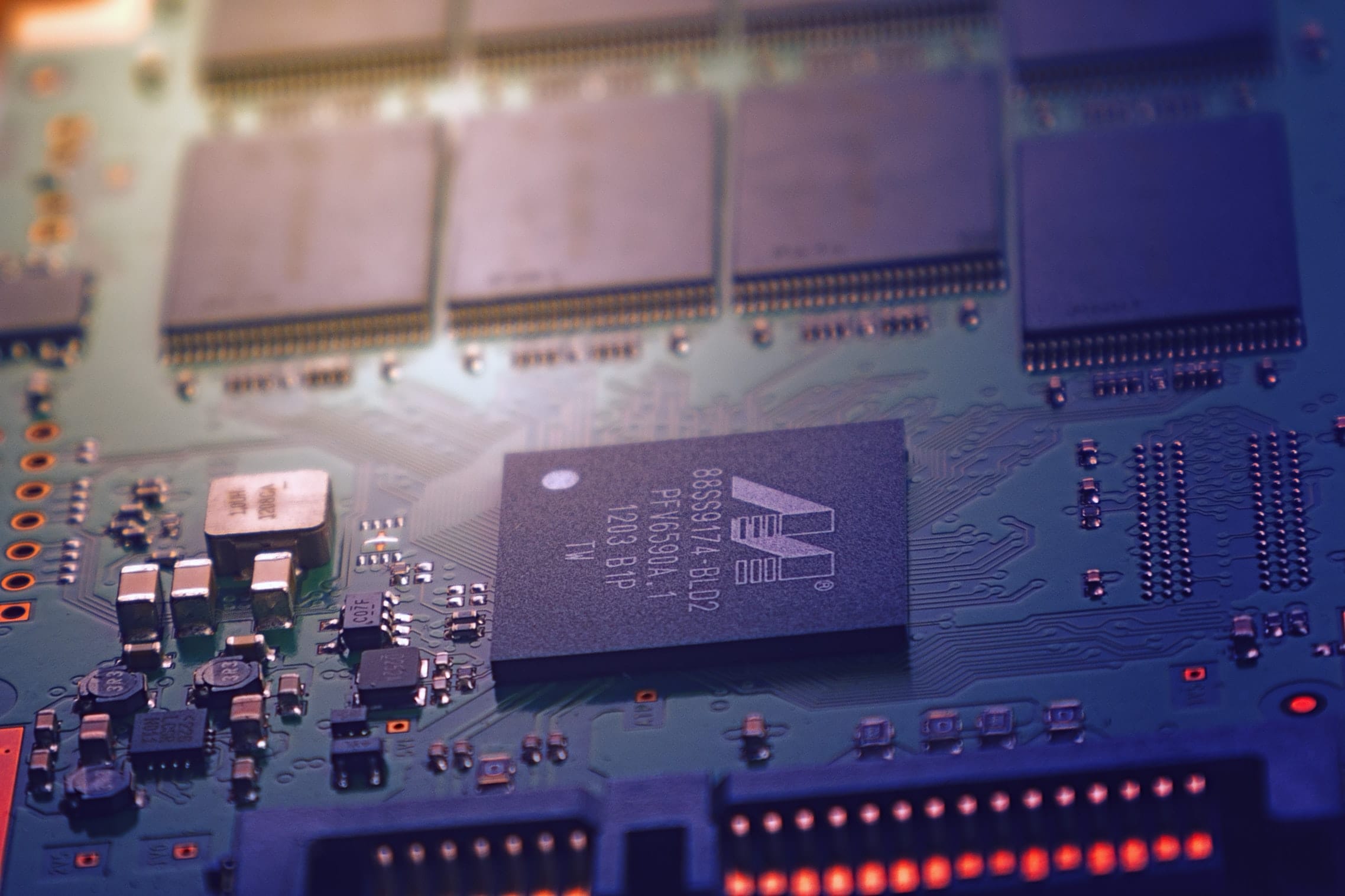From the recycling receptacle at home to the depot and beyond, today nearly every touch point along the path traveled by our waste and recyclable materials serves as a node in the Internet of Things, where information is collected to help create efficiencies and improvements in an industry that has historically been reactive and slow to change.
In 2019 technology is disrupting waste and recycling at every level, providing new insights that ultimately can open a path toward a brighter future for the environment, the industry, and those whose work serves both.
At the Bin
RFID tags provide real-time data about a cart’s location, telling program managers who’s recycling and who’s not – and whether they’re using their cart or the neighbors’.
Since 2005 waste and recycling haulers have had the option to embed radio frequency identification tags, also called RFID tags, in their two-wheeled collection carts. Originally used to collect data for so-called “pay as you throw” programs, according to Waste 360 magazine, today the tags are often slipped inside the cart handle or under the container’s outer lip where they go undetected by the end user and provide helpful information to the cart’s actual owner, such as a hauler or municipality. Not only do tags indicate location – and excellent data point for asset managers – but they also can help collect information about program participation when a tag-reading device is installed within the collection vehicle.
RFID tags represent a powerful tool for recycling coordinators and others charged with increasing program participation. By targeting areas with poor set-out rates, organizations can more efficiently and effectively identify and educate where it’s needed most, saving time and money. Not only that, but RFID continually provides new information that may be used to shape and drive strategic communication about recycling in an ongoing fashion.
NFC devices act like RFID tags, but their real value lies in connecting directly to a cart user’s smartphone, where they can provide “time of disposal” information just by being near the receptacle.
Another option at the cart level is near-field communication, or NFC. NFC devices can be used to collect information, similar to RFID devices, but perhaps the greater power of NFC is to provide instant info to someone in proximity to the device. In 2015, for example, the cart manufacturer Rehrig-Pacific Company touted embedding an NFC device beneath the educational label on its recycling cart lids. The NFC transmitter could be programmed to launch a website or app on the cart-user’s smart device. Coupled with printed information on the label, such as “swipe phone here for recycling info,” NFC can make it even easier for recycling educators and haulers to provide at-the-cart waste and recycling instructions, where it’s most helpful.
When coupled with the right recycling communication software, such as the ReCollect Waste Wizard and Collection Calendar, RFID and/or NFC technology can empower program managers and educators to do their jobs more effectively and efficiently. Ultimately, such technology can reshape their very roles in the industry, which will include less time gathering data in the field through projects such as Participation Studies, and more time on strategic, digital-based communication with residents and customers.
On the Collection Vehicle
Routes created with GPS data can save a city as much as one-third on its fleet costs. GPS info also can make fixing education problems at the curb easier.
Global Positioning Systems (GPS) have been a game-changer in fleet operations across industries because they provide real-time information about asset location, routes, stops, timing, and more. In waste and recycling, GPS in combination with GIS (geographical information systems) data allows operations managers to implement more efficient routes, reduce fuel use and downtime, and optimize staffing levels to meet real-world needs, according to a report by Waste Advantage Magazine.
GPS also can be used to tie specific data to a location. For example, some waste and recycling trucks are up-fitted with a “trouble” button in the cab. With a camera pointed at the truck’s hopper, the driver can watch video in real-time as the truck tips a load. Contamination then can be noted by pressing the trouble button, which associates contamination with a specific address. In turn, the property owner can be directly notified of their mistake, thereby helping to educate the least complaint program users and reduce costly contamination at the same time.
GPS also eases the pain of cross-training staff on various collection routes, decreasing the need for ride-alongs and helping drivers follow established routes, or to retrack them in case of unforeseen traffic congestion and the like.
According to Government Technology, Boston saves over $5 million and 20,000 pounds of carbon emissions every year, thanks to data-driven bus routes. In South Bend, Inc., GPS helped the city reduced its number of garbage trucks from 10 to 7, eliminating fleet replacement, maintenance and staffing costs by almost a third.
At the Recycling Depot
Technology is impacting traffic flow at the MRF, from the trucks on the scale to the materials whizzing through the sorting facility on automated belts and conveyors fitted with even smarter equipment that identifies specific materials.
Technology has disrupted the recycling depot from the scale to the bale. Automatic scales that allow drivers to scale in and out with a code keeps traffic moving, improves operational efficiencies, reduces emissions and in some cases enhances site safety, eliminating the need for drivers to park and enter a building to complete a transaction.
In addition, equipment used to sort recyclables in 2019 is much more advanced than even 10 years ago. Today for-profit and municipal recycling centers alike are investing in various mechanical screens and sorters.
An optical sorter, for example, shoots a light beam at a plastic object to determine its density as it moves along a belt. This triggers a calibrated burst of air from a secondary machine that pushes the item into the corral with similar plastics. Likewise, an eddy current can be used to charge aluminum-containing materials and project them into the correct receptacle.
Automatic sorting equipment can free the hands of workers who formerly spent their time separating materials and allows them to instead focus on quality control: a much more important part of recycling operations following the implementation of China’s National Sword program, which drastically limits acceptable contamination levels, requiring much cleaner bales from depots.
In this way, technological advances in the sorting area is allowing MRFs to respond to new industry pressures and optimize their use of people power, even as those people’s job descriptions are being rewritten.
At the Landfill
GPS provides guidance to equipment operators at the landfill working face that allows them to dig and compact evenly. In turn, landfill managers can better plan for future landfill developments, all while building smaller and fewer landfills overall.
Of primary importance for landfill management is the judicious and carefully planned use of space.
Today’s landfill equipment operators depend on GPS technology presented on a screen inside the cab. They no longer rely on their senses to know how deep to dig or how much to compact newly buried trash: instead, the GPS provides precise guidance. This guidance not only makes the operator’s work less uncertain, but it also helps to use the space more effectively (correct fill and compaction levels) and efficiently (using the space to its full capacity). Over time, the use of GPS technology can increase in-place density by more than 25 percent, according to Waste Advantage Magazine.
Landfill cell building is often the costliest aspect of ongoing site development. By maximizing each cell to its full potential, landfill managers realize compounded savings by using, and therefore maintaining, less landfill space. Moreover, the precision that GPS technology allows and the data it collects can create new opportunities in landfill master planning. More than just building smaller and fewer landfills, technology gives site managers better control by providing real-time information they previously only could see via periodic surveys.
More Than Efficiency
Technology means improved people-to-people connections and service.
At every stop along its path from curb to recycling or final disposition, our waste materials are being tracked, counted, sorted, and otherwise analyzed through constantly evolving technological means.
Waste handlers, haulers, educators, operators and others are watching as technology and data disrupt the waste and recycling industry itself and their roles within it. Not only is technology allowing for more effective, efficient and environmentally sound handling of resources, but it’s overhauling the way those within the industry think about resident and customer communication, and better informing them about the behaviors and needs of the people they serve. Ultimately, the industry can leverage technology to create and deepen connections between those being served and those seeking to serve, enhancing the customer experience along the way.
Empowering the Consumer of Disposal Services
Websites and apps are putting power in the hands of those who do the work of reducing, reusing and recycling in our communities: All of us!
Moreover, technology gives the consumer of waste and recycling services – in other words, most of us — more opportunity than ever before to learn and contribute to the community of recyclers online and via smartphone applications.
On the Web, there’s Recycle Nation, managed by the Institute of Scrap Recycling Industries (ISRI). RecycleNation allows users to add and update listings about where items are accepted for recycling or reuse. The site also includes short articles about recycling and other household environmental topics.





